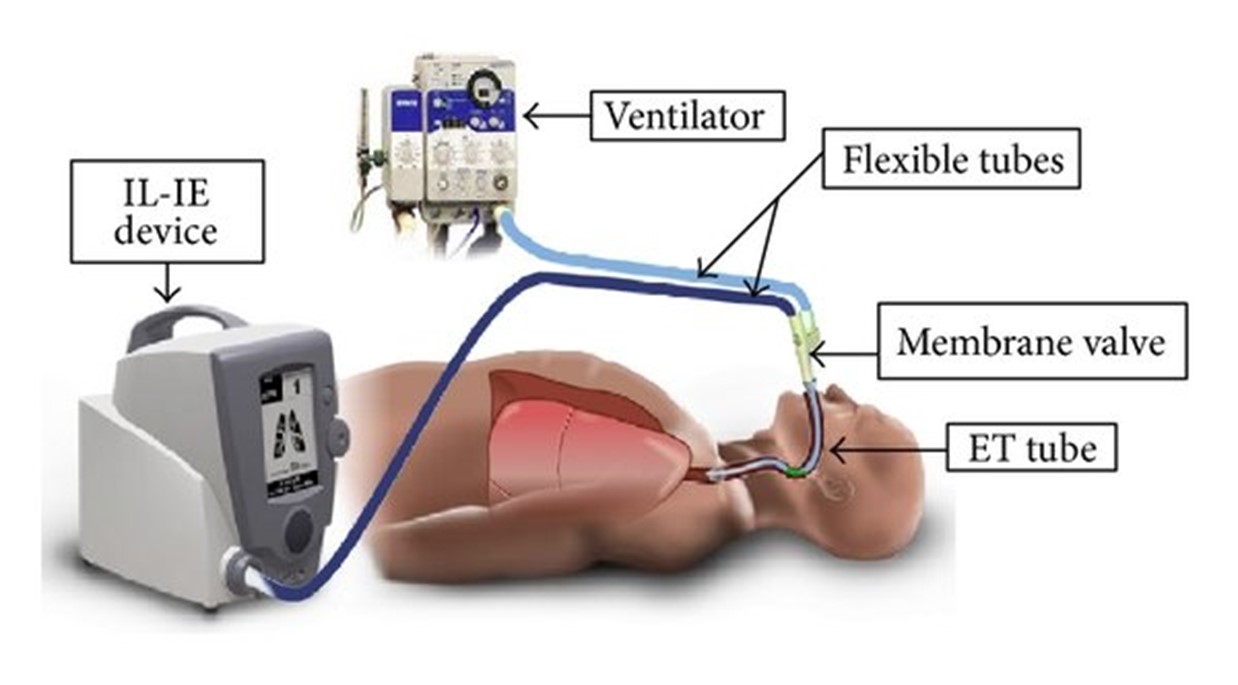The common denominator of all shock states is which one of the following?
Inefficient metabolism resulting from inadequate nutrition.
Inadequate tissue perfusion results in impaired cellular metabolism.
Vasoconstriction and reflexive vasodilation due to circulating mediators.
Hypovolemia results from blood loss.
The Correct Answer is B
Shock is a state of inadequate tissue perfusion, resulting in compromised oxygen and nutrient delivery to cells and impaired cellular metabolism. Regardless of the specific cause or type of shock (e.g., hypovolemic, cardiogenic, distributive), the underlying problem is the failure to supply sufficient oxygen and nutrients to the body's tissues. This inadequate tissue perfusion can lead to cellular dysfunction, organ failure, and ultimately, life-threatening consequences.
A. Inefficient metabolism resulting from inadequate nutrition in (option A) is incorrect because While inadequate nutrition can contribute to the overall health status and resilience of an individual, it is not the central mechanism underlying all shock states.
C. Vasoconstriction and reflexive vasodilation due to circulating mediators in (option C) is incorrect because Vasoconstriction and vasodilation are physiological responses that can occur in various types of shock, but they are not the fundamental common denominator. Inadequate tissue perfusion remains the core issue.
D. Hypovolemia resulting from blood loss in (option D) is incorrect because Hypovolemia, which refers to decreased blood volume, is one potential cause of shock, specifically hypovolemic shock. However, other types of shock, such as cardiogenic or distributive shock, may not be primarily characterized by hypovolemia.
Therefore, the common denominator of all shock states is inadequate tissue perfusion, resulting in impaired cellular metabolism.
Nursing Test Bank
Naxlex Comprehensive Predictor Exams
Related Questions
Correct Answer is B
Explanation
A. Oxygen saturation of 92% in (option A) is incorrect because While an oxygen saturation of 92% is suboptimal and may require intervention, it may not have the same immediate implications as low blood pressure. The healthcare provider should be informed, but addressing the blood pressure takes priority.
B. Skin cool and clammy in (option B) is correct because Cool and clammy skin is often associated with inadequate peripheral perfusion, which is a characteristic of septic shock.
C. Septic shock is characterized by systemic inflammation, vasodilation, and hypotension. Inadequate blood pressure is a significant concern in septic shock as it indicates poor tissue perfusion and compromised organ function. However, the mean arterial pressure is till acceptable.
D. Heart rate of 118 beats/minute in (option D) is incorrect because: Tachycardia is a common finding in septic shock and reflects the body's compensatory response to maintain cardiac output. While it is a significant finding, low blood pressure takes precedence in terms of urgency.
Correct Answer is C
Explanation
In a patient receiving mechanical ventilation, a high respiratory rate can indicate increased work of breathing and potential airway obstruction. COPD patients, in particular, may have excessive mucus production and airway inflammation, leading to mucus plugging and compromised airway clearance. Suctioning may be necessary to remove excessive secretions and maintain a patent airway.
A. The pulse oximeter shows a SpO2 of 90% in (option A) is incorrect because While a SpO2 of 90% is suboptimal and may require intervention, it does not specifically indicate the need for suctioning. Other interventions, such as adjusting oxygen delivery or ventilation settings, may be more appropriate.
B. The patient has not been suctioned for the last 6 hours in (option B) is incorrect because The duration since the last suctioning episode alone does not necessarily indicate the need for suctioning. The need for suctioning should be based on the patient's clinical presentation, such as signs of airway obstruction or excessive secretions.
D. The lungs have occasional audible expiratory wheezes in (option D) which is incorrect because Occasional audible expiratory wheezes may be common in patients with COPD and may not specifically indicate the need for suctioning. Wheezing is more commonly associated with narrowing of the airways, and suctioning is typically performed to clear secretions or maintain airway patency.
C. Therefore, in a COPD patient receiving mechanical ventilation, a high respiratory rate (C) is the assessment information that would indicate the need for suctioning to help remove excessive secretions and ensure a patent airway

Whether you are a student looking to ace your exams or a practicing nurse seeking to enhance your expertise , our nursing education contents will empower you with the confidence and competence to make a difference in the lives of patients and become a respected leader in the healthcare field.
Visit Naxlex, invest in your future and unlock endless possibilities with our unparalleled nursing education contents today
Report Wrong Answer on the Current Question
Do you disagree with the answer? If yes, what is your expected answer? Explain.
Kindly be descriptive with the issue you are facing.
